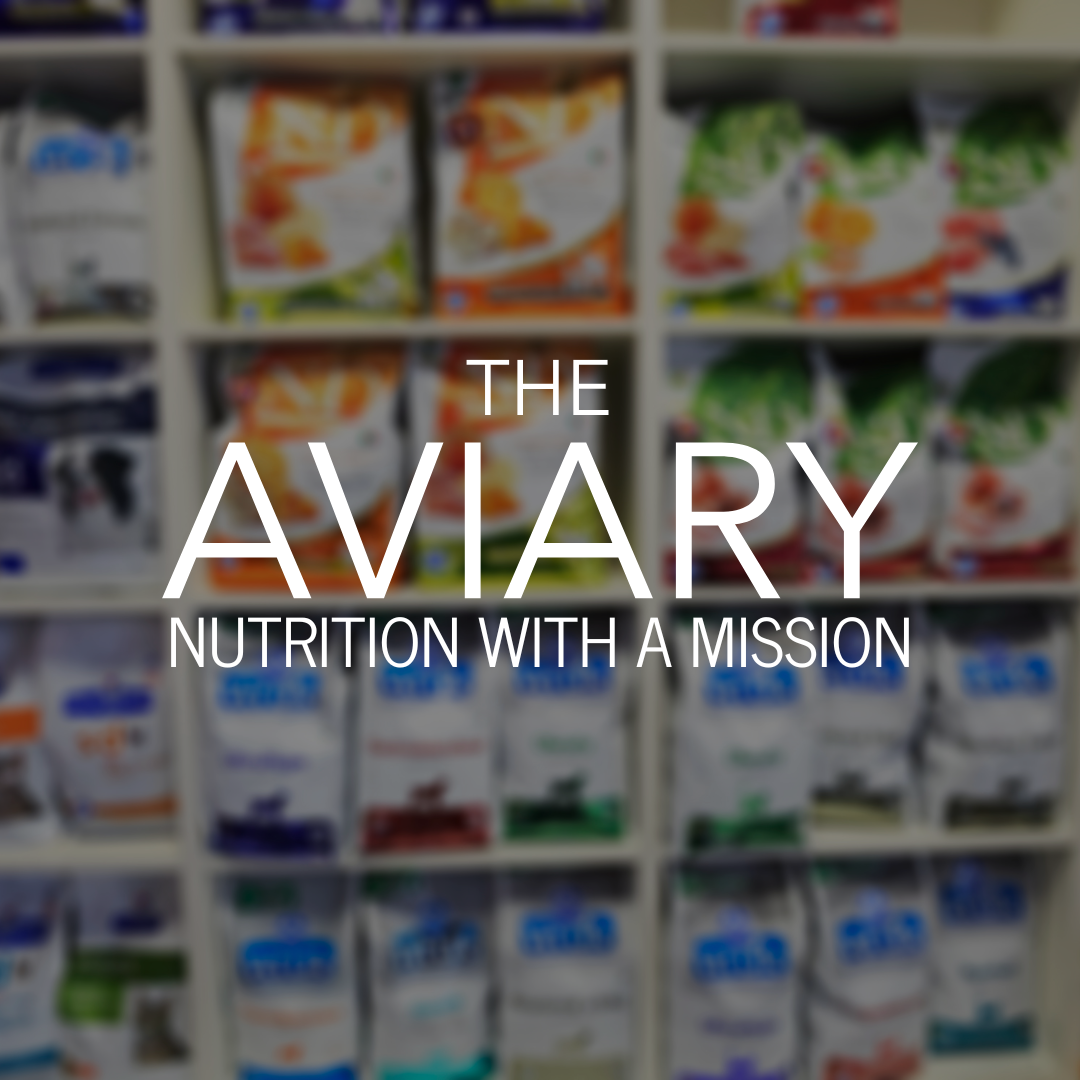
Symptoms of Vitamin A Deficiency in Parrots + Foods to Fix It
Vitamin A is one of the most important nutrients in your parrot’s diet, yet deficiencies are sadly common, especially in birds fed on seed-heavy diets or where only a few ingredients form the majority of the diet. The problem is, you won’t always notice the signs right away, and by the time you do, your parrot could already be struggling with long-term health issues.
So let’s break down what vitamin A does, the warning signs of deficiency, and the best foods you can offer to keep your parrot healthy, bright-eyed, and thriving.

Why Vitamin A Matters for Parrots
Vitamin A supports the health of the skin, feathers, immune system, and respiratory tract. In simple terms: it keeps the body’s first line of defence working properly. Without enough vitamin A, your parrot’s body struggles to fight infection, heal, and even breathe comfortably.
In the wild, parrots get a wide range of vitamin A from colourful foods, think red, orange, and dark leafy greens. In captivity, seed-only diets don’t provide anywhere near enough of this vital nutrient.
Symptoms of Vitamin A Deficiency (Hypovitaminosis-A) in Parrots
Early symptoms are often subtle, but they worsen over time if the diet isn’t corrected. It is a very common deficiency in parrots and something all parrot owners should be aware of. Look out for:
- Respiratory problems: wheezing, clicking, nasal discharge, or blocked nares.
- Changes in the beak and mouth: white plaques in the mouth, swollen salivary glands, or a crusty beak.
- Feather and skin issues: dull plumage, poor feather condition, flaky skin.
- Eye problems: swelling around the eyes, watery eyes, or conjunctivitis.
- General ill health: lethargy, reduced appetite, and greater vulnerability to infections.
- A swollen or sticky-out interramal space: (the gap / hole behind the lower beak) This is a classic early sign of Vitamin A deficiency, and one of the first things avian vets look for during a health check.
If you see these symptoms, always seek an avian vet, diet alone may not be enough once problems develop.

The Best Vitamin A Foods for Parrots
Luckily, there are loads of safe, bird-friendly foods rich in vitamin A (often appearing as beta-carotene, which the body converts). Add these to your parrot’s morning chop or mix into their dry diet:
- Carrots – full of beta-carotene, easy to grate into chop.
- Sweet potato & butternut squash – steamed lightly to encourage the bird to actually consume it, but raw is great too.
- Leafy greens – kale, spinach, bok choy, dandelion leaves.
- Red peppers – colourful, hydrating, and high in vitamin A.
- Broccoli & cauliflower leaves – often overlooked, but packed with nutrients.
- Apricots & mango – fruit options with high vitamin A content.
At The Aviary, we include kale, dandelion root, chamomile, bee pollen, and freeze-dried vegetables in our Soothing Dry Mix, making it easier to cover your bird’s nutritional bases without stress.
Preventing Deficiency Long-Term
The goal isn’t to force-feed vitamin A, but to build a diet full of natural variety. Here’s how to stay on track:
- Rotate vitamin A–rich vegetables in your daily chop.
- Use sprouting seed mixes to add living, nutrient-rich foods.
- Offer dry mixes that already contain functional botanicals.
- Always provide fresh, clean water alongside meals.
Vitamin A deficiency (Hypovitaminosis-A in parrots) is common but completely preventable with the right diet. By offering a colourful mix of vegetables, sprouts, and botanicals, you’ll protect your parrot’s immune system, feathers, and overall health.
If you’re worried your bird may already be showing signs, book a check-up with an avian vet, but start adding those bright veggies into their bowl right away.
FAQ: Vitamin A Deficiency in Parrots
What is Hypovitaminosis A in parrots?
Hypovitaminosis A is the medical term for vitamin A deficiency. It’s one of the most common nutritional problems in parrots, especially in those fed seed-heavy diets.
What are the signs of Vitamin A deficiency in parrots?
Common signs include swollen or crusty nares, breathing issues, white plaques inside the mouth, poor feather quality, lethargy, and susceptibility to infections. A swollen or sticky-out interramal space (the small gap beneath the lower beak) is also a telltale sign.
Which parrots are most at risk of Vitamin A deficiency?
African Greys, Amazons, Cockatiels, and Budgies are particularly prone, especially when kept on all-seed or low-vegetable diets.
Can Vitamin A deficiency cause respiratory problems in parrots?
Yes. Vitamin A is crucial for maintaining healthy mucous membranes. A deficiency can lead to blockages, nasal discharge, wheezing, and increased vulnerability to infections like sinusitis.
How can I fix Vitamin A deficiency in my parrot?
Introduce Vitamin A–rich foods such as sweet potato, carrot, kale, butternut squash, dandelion greens, and red peppers. Sprouted seeds and varied dry mixes (like those from The Aviary) are also excellent for supporting recovery.
Can too much Vitamin A harm my parrot?
Yes. While deficiency is common, excessive supplementation (especially synthetic vitamin drops) can be toxic. It’s best to provide vitamin A naturally through a varied diet rich in safe vegetables and botanicals.
How long does it take for a parrot to recover from Vitamin A deficiency?
Mild cases often improve within weeks once diet changes are made. Severe cases, especially with respiratory blockages, require veterinary treatment and may take longer to stabilise.
